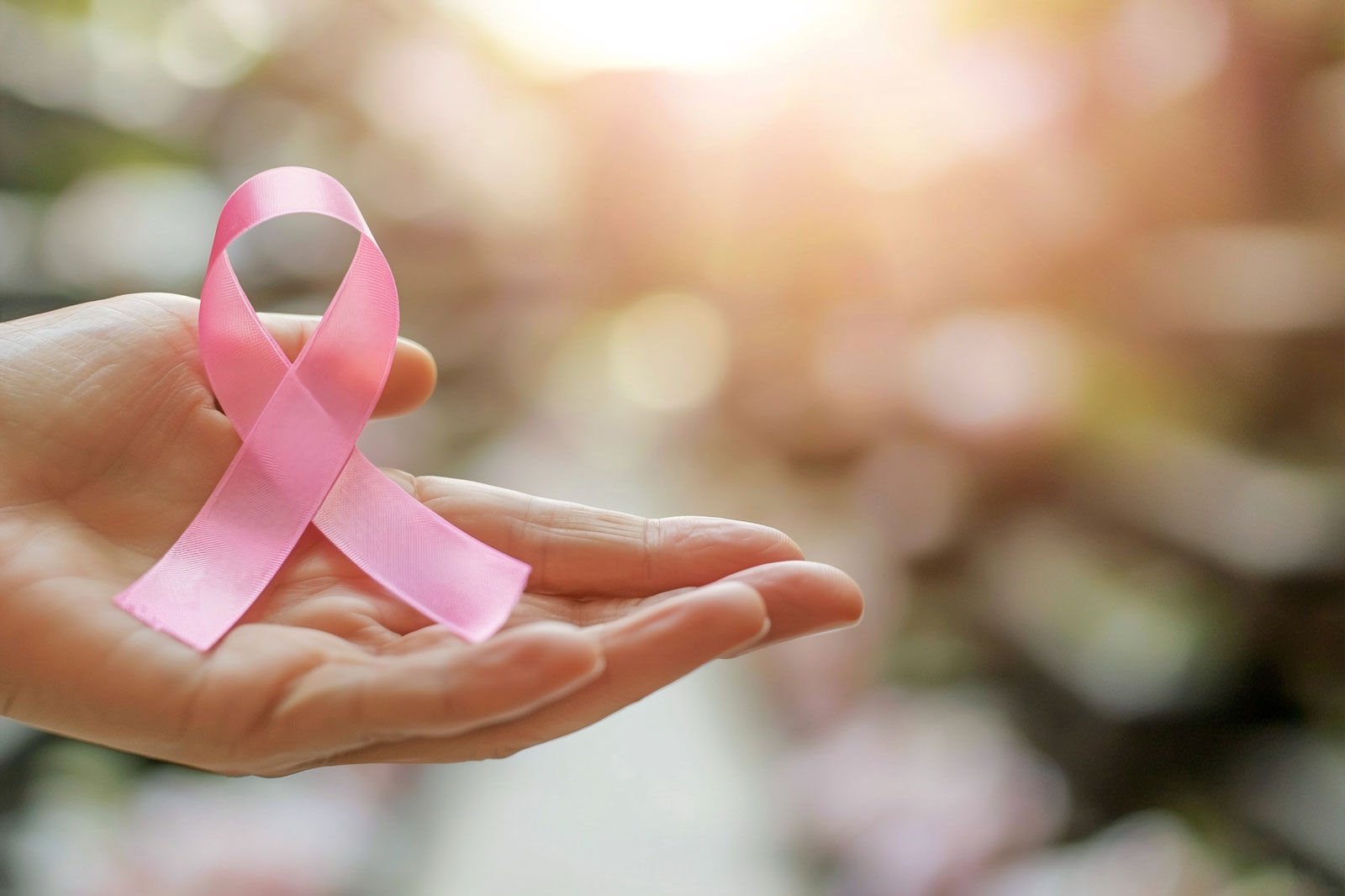Skin cancer is a prevalent condition where abnormal cells grow uncontrollably in the skin. It is the most common type of cancer worldwide, and in Australia, it is a significant public health concern due to high levels of ultraviolet (UV) radiation exposure. Understanding the types, risk factors, symptoms, and prevention methods is crucial for maintaining skin health.
Types of Skin Cancer
Basal Cell Carcinoma (BCC)
Basal cell carcinoma is the most common type of skin cancer in Australia, accounting for about 70% of all skin cancers. It typically appears as a pearly or waxy bump, often with visible blood vessels, or as a flat, flesh-colored or brown scar-like lesion.
Squamous Cell Carcinoma (SCC)
Squamous cell carcinoma is the second most common type of skin cancer in Australia, accounting for about 30% of all skin cancers. It often presents as a firm, red nodule or a flat lesion with a scaly or crusty surface.
Melanoma
Melanoma is less common than basal and squamous cell carcinomas but is more likely to metastasize if not detected early. Australia has one of the highest rates of melanoma in the world, with over 15,000 new cases diagnosed each year.
Risk Factors
UV Exposure
Australia has high levels of UV radiation due to its geographic location and climate. Prolonged exposure to UV radiation from sunlight or tanning beds significantly increases the risk of skin cancer.
Fair Skin
People with fair skin, light eyes, and blonde or red hair are particularly vulnerable to UV damage and have a higher risk of developing skin cancer compared to individuals with darker skin tones.
Family History
A family history of skin cancer, particularly melanoma, increases the risk of developing the disease. Genetic factors can predispose individuals to certain types of skin cancer, highlighting the importance of regular skin examinations for early detection.
Australian Statistics
- Two in Three Australians: It is estimated that two in three Australians will be diagnosed with skin cancer by the age of 70, underscoring the importance of sun protection and regular skin checks.
- High Melanoma Rates: Australia has the highest incidence of melanoma in the world, with rates continuing to rise despite prevention efforts.
Symptoms
Basal Cell Carcinoma (BCC)
- Pearly or waxy bump with visible blood vessels
- Flat, flesh-colored or brown scar-like lesion
Squamous Cell Carcinoma (SCC)
- Firm, red nodule
- Flat lesion with a scaly or crusty surface
Melanoma
- Asymmetrical mole or growth
- Irregular borders
- Varied colors (brown, black, blue, red, white)
- Diameter larger than 6 mm (size of a pencil eraser)
- Evolution or changes in size, shape, color, or elevation
Prevention
Sun Protection
- Use broad-spectrum sunscreen with SPF 30 or higher, applying generously and reapplying every 2 hours or after swimming or sweating.
- Seek shade during peak sun hours (10 a.m. to 4 p.m.) and wear protective clothing, including wide-brimmed hats, sunglasses, and long sleeves.
Avoid Tanning Beds
- Tanning beds emit UV radiation that can damage the skin and increase the risk of skin cancer. Avoid using tanning beds altogether.
Regular Skin Checks
- Perform monthly self-examinations to monitor moles and skin lesions for changes in size, shape, color, or texture.
- Schedule annual skin screenings with a dermatologist or healthcare provider, especially if you have risk factors for skin cancer or a family history of the disease.
Treatment
Early Detection
- Early detection of skin cancer through regular skin checks and prompt medical evaluation is crucial for successful treatment outcomes.
- Treatment options may include surgical removal, cryotherapy, radiation therapy, topical medications, immunotherapy, or targeted therapy depending on the type, location, and stage of skin cancer.
Understanding skin cancer, its prevalence in Australia, types, risk factors, symptoms, and prevention methods empowers individuals to take proactive steps toward protecting their skin health. By practicing sun safety, performing regular self-examinations, and seeking timely medical care, you can reduce your risk of skin cancer and promote overall skin wellness.

